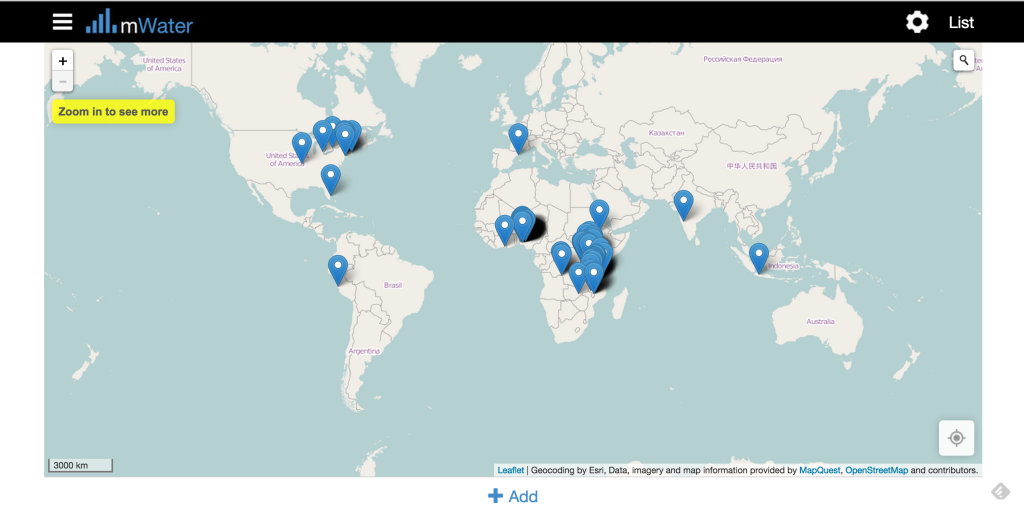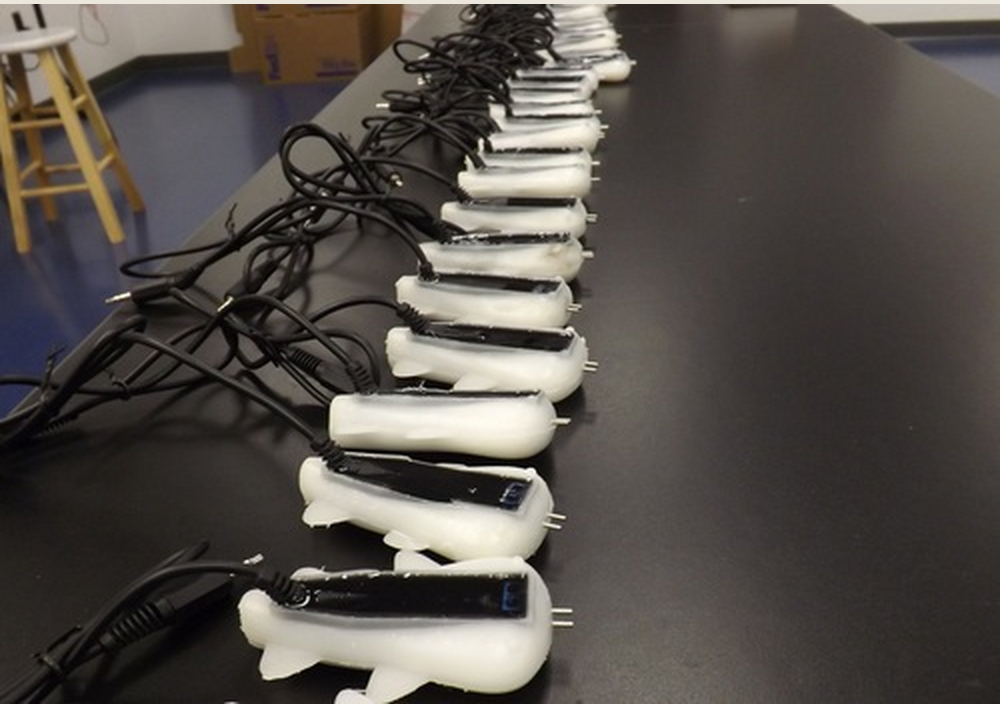Water quality deterioration is a big issue around the world. Contamination of water can be caused by natural occurring or man-made pollution. And it especially affects people in the developing world.
Deteriorating water quality threatens the global gains made in improving access to drinking water. From 1990 to 2011 more than 2 billion people gained access to improved water sources, but not all of these new sources are necessarily safe. Unsafe handling and storage of water compounds the problem. Water drawn from safe sources may be contaminated by the time it is ultimately consumed in households.
An area with water quality monitoring that I found very interesting is the use of “citizen sensors”. Essentially the network depends on regular people having access to water testing/sensoring kits, testing the water, and logging the data onto a map.

MIT Civic Media Lab’s Ethan Zuckerman blogged about an example of this in China last year:
Jack Ma, Alibaba’s billionaire founder, announced that water testing kits would be sold through Taobao for between 65-80 yuan ($10-13) and invited the public to join his employees in becoming water quality monitors. Yang Fangyi, one of the managers of the Alibaba Foundation, explained that by mapping areas of poor water quality, the Foundation can work with local environmental authorities and NGOs to work on cleanup plans.
An even bigger initiative around citizen monitoring is mWater, funded by USAID.
An example of citizen monitoring in the developed world is CATTfish from CMU Create Lab.
It’s a water monitor that sits in your toilet tank and measures temperature and conductivity to sense possible changes in groundwater quality. It’s designed for communities concerned about pollution from hydrofracking – with high quality, regularly updated data from multiple homes, a community could have an early warning system for detecting potential ill-effects from oil extraction.
However, citizen monitoring can be limited in its effectiveness in some parts of the world such as Africa, as explained in Transparency Policy, because of incentive structures and barrier to participate.

